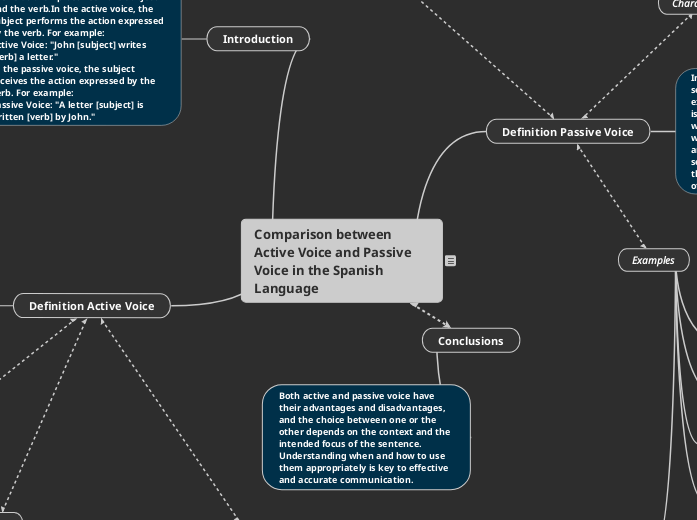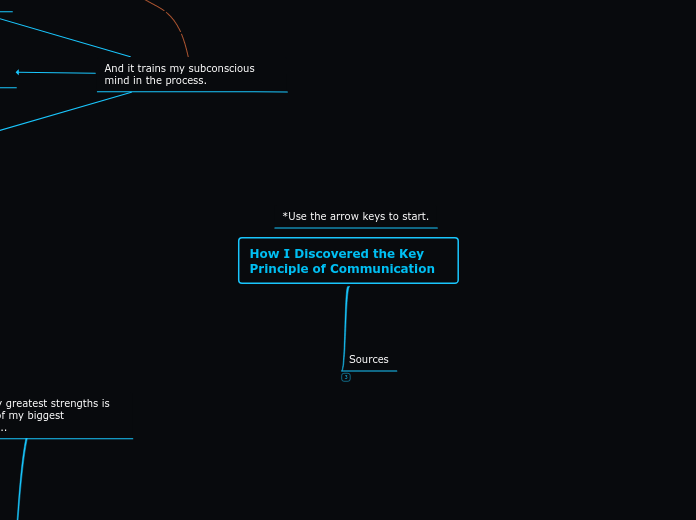av José Luna 9 måneder siden
94
Comparación entre Voz Activa y Voz Pasiva en el idioma Ingles
The choice between active and passive voice is significant in shaping the clarity and impact of communication. Active voice is preferred for its directness and simplicity, often used in everyday conversations and informal writing.









